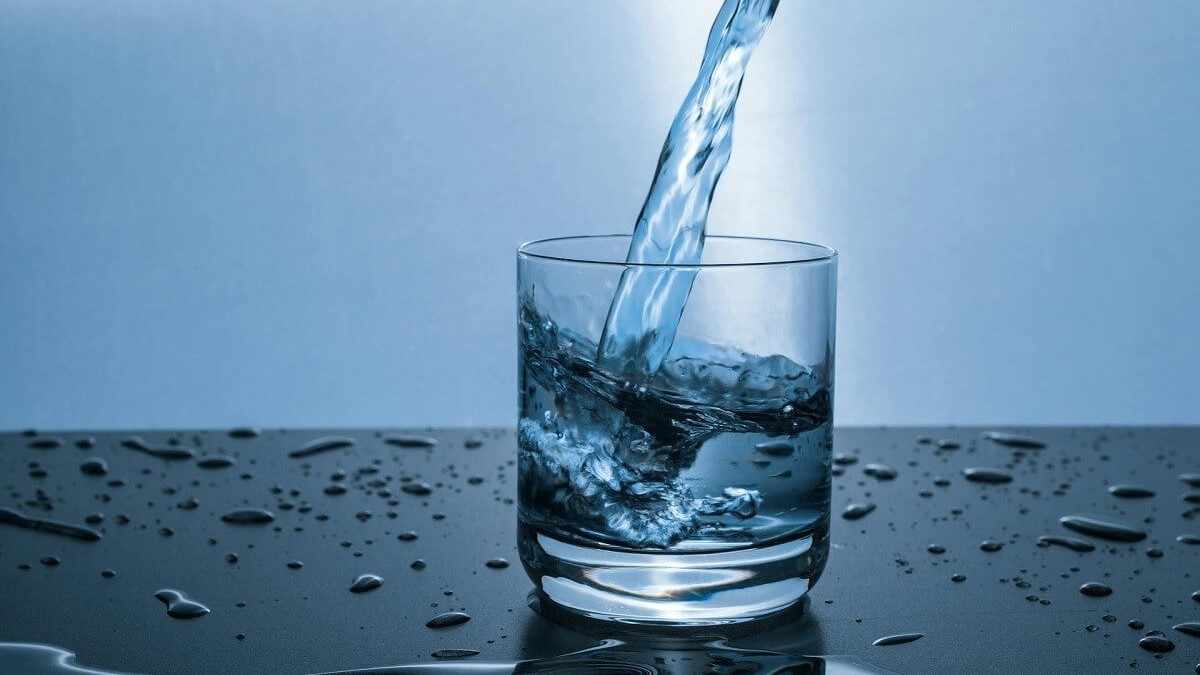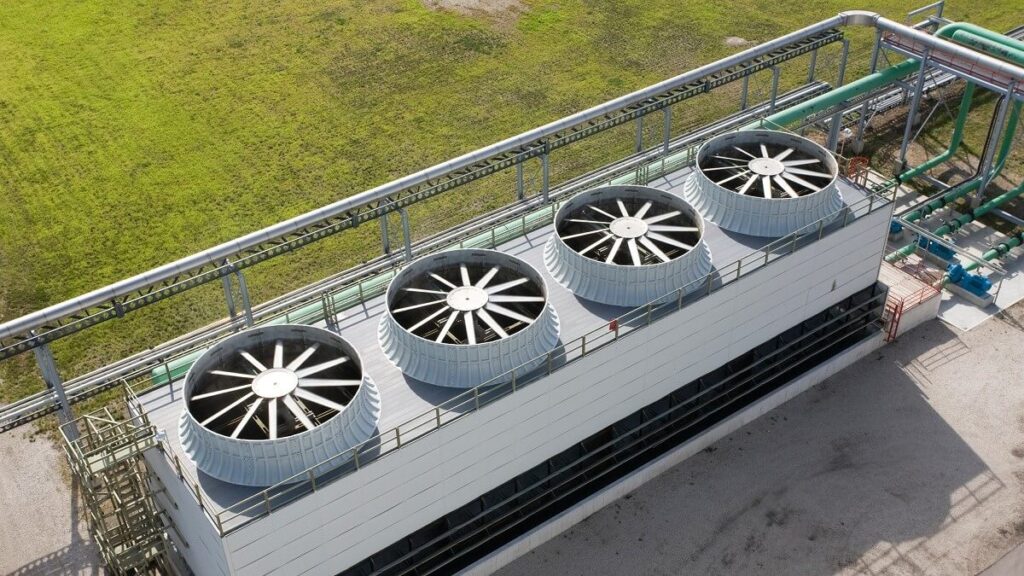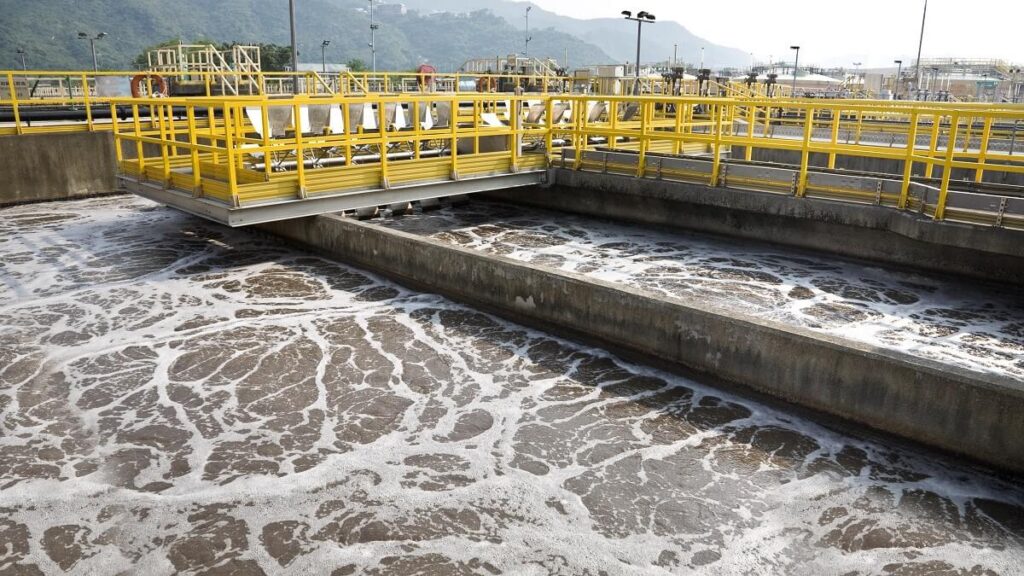Clean Water, Clear Solutions: Specialty Chemicals in Water Treatment Processes
- March 15, 2024
- Blog
More than 99% of all the water on Earth is unusable by humans. With such a scarce resource, effective cleaning methods are vital to ensure what little freshwater there is is free from contaminants.
Specialty chemicals are one such tool we have at our disposal. At Seatex, our knowledge and experience helps customers develop and scale up water treatment products.
Here are some popular specialty chemicals used in water treatment processes and how they are put to use…
Specialty Chemicals Help in a Number of Water Treatment Processes
It’s no exaggeration to say that the clean water we all use throughout our day in modern life would not be usable without specialty chemicals. Here’s how they help…
Water Purification

Many people are familiar with water purification, with millions using whole-home, under-sink, or countertop filters to remove impurities from their water. But unless you’re a backcountry hiker, odds are you haven’t had the need to also chemically treat your water, and that’s because of the work done at water treatment plants–assisted by specialty chemicals–to make water from aquifers, streams, creeks, and lakes potable.
Chemicals are also essential to purifying water for industrial uses, medical and pharmacological applications, and swimming pools.
Pool owners will be well acquainted with chlorine, the disinfectant that keeps your clean pool from becoming a slimy pond. Chlorine is in fact widely used in water purification, including in industrial water treatment and municipal wastewater treatment. Chloramine, the chemical that results from adding ammonia to chlorine, has also been used for decades to treat drinking water as a so-called secondary disinfectant, protecting water as it moves through pipes to consumers.
In addition to chlorination, when it comes to chemical use, flocculation is the other major category of water purification methodology. The primary chemicals used are also commonly used in wastewater treatment (see below), including organic materials such as polytannate, polyamines, and poly DADMAC, and inorganic materials such as aluminum sulfate, ferrous sulfate, and ferric chloride. Because the latter may change the water’s pH, necessitating the use of pH stabilizers, as well.
Pollutants, toxic metals, bacteria, algae, parasites, fungi, viruses, and suspended solids are the targets of water purification chemicals.
Drinking water with any of these can cause short-term and/or long-term illness, and both state and federal governments routinely test public water systems to ensure the presence of pathogens like E. coli, heavy metals, and other harmful substances is limited to safe levels.
Cooling Water Treatment

Whether a business is a steel mill, power plant, hotel, hospital, school, or other large enterprise, it may have need of cooling towers and thus cooling water treatment. Cooling towers facilitate evaporative cooling, which handles the large amounts of hot water generated by air conditioning equipment and many industrial processes.
To keep the towers functioning optimally, specialty chemicals such as phosphates, copper sulfate, and carboxylates are used to treat the cooling water and undo or prevent the damage to metal surfaces caused by hard water. This includes corrosion, the buildup of scale created by dissolved ions, and the rapid growth of mold and bacteria that warm and wet cooling tower environments are prone to fostering.
Depending on the feedwater’s pH, hardness, and temperature, operators may deploy:
- corrosion and scale inhibitors
- biocides, either oxidizing (such as hypochlorous acid, sodium hypochlorite, and active bromide) or non-oxidizing (such as sodium bisulfite, phenoxyethanol, and sodium benzoate)
- dispersants/biopenetrants, including anionic and cationic compounds, enzymes, and non-ionic polymers
- pH adjusters
- sludge conditioners (although these are more commonly used in boilers).
Boiler Water Treatment

Specialty chemicals can help increase efficiency and extend the life of parts in commercial and industrial steam and hot water heating systems.
Depending on the source of feedwater, a boiler operator may need to address:
- bulk suspended solids, by adding coagulants such as alum or polyaluminum chloride
- excessively high alkalinity, by adding neutralizing amines
- foaming between the water surface and the steam off-take that can create uneven heating and water level problems, by adding a defoamer
- hard water that can cause scale buildup, by adding softening chemicals such as soda ash or sodium phosphate
- too much dissolved oxygen in the water that can cause corrosion, by adding sodium sulfite.
Wastewater Treatment

To protect humans, wildlife, and ecosystems, all the water contaminated through domestic, commercial, and industrial use must be cleaned before it’s reintroduced to rivers, streams, and lakes. Specialty chemicals may be used in primary, secondary, or tertiary treatment processes to help remove excrement, soaps, oils, grease, food scraps, salts, sand, plastics, grit, and heavy metals from wastewater.
pH neutralizers are often needed to prevent unwanted chemical reactions among different effluent streams mixing in the treatment system. They can also help precipitate out dissolved contaminants from wastewater outflows.
Like boiling water, wastewater treatment also incorporates coagulants and defoamers. Defoamers (used to control foam) or anti-foaming agents (applied to the wastewater periodically to prevent foam from forming) are needed to stop foam from wearing out pumping systems, blocking filters, increasing cleaning requirements, limiting capacity, causing overflowing, and generally being unsightly. Hydrophobic mineral oil- or silicone-based defoamers are popular choices, while glycol-based models work better when Nocardia-form or Microthrix filament-type bacteria is present.
Coagulants are used in combination with flocculants to neutralize pollutant particles and encourage them to merge into larger groups that can then be more easily removed during sedimentation.
Specialty Chemicals Advancing Water Treatment
Let’s take a closer look at some of the classes of specialty chemicals used to treat water, with some real-world examples…
Coagulants and Flocculants
Because there are so many coagulants and flocculants available–plus coagulant aids and enhanced coagulants–and operators can combine multiple forms of each, it’s possible to optimize virtually an infinite number of formulas to the demands of the effluent and the design of the water treatment plant. The chemicals chosen will also determine what mechanism the coagulant uses to remove contaminants.
For example, aluminum sulfate (or alum)–the most commonly used chemical coagulant–utilizes charge neutralization. Its positively charged ions neutralize the negative ions of suspended particles or contaminants, which in turn causes those suspended particles to bind together.
Another group of inorganic coagulants, iron-based coagulants such as ferric sulfate and ferric chloride use bridging–when they dissolve in the water, contaminant colloids (particles that are able to be dispersed into another medium) attach to the coagulant molecules, increasing their size so that they settle in the sedimentation tank.
The organic polymers class of coagulants includes products such as polyacrylamide, polyamine, polyalkali, and polyDADMAC (poly diallyldimethyl ammonium chloride). These are plant-based and synthesized through Mannich reactions using formaldehyde and melamine or ammonia. They’re also known to generate less sludge in the sedimentation process, making them more sustainable alternatives to inorganic coagulants. In fact, the higher cost of these types of coagulants (and flocculants) can sometimes be offset by reduced sludge removal and disposal costs.
Flocculants further encourage the binding and settling process so that the larger aggregations of contaminants can be removed via flotation (best for removing oils and fats) or settling (best for heavy solids).
Biocides and Disinfectants1
Bacteria pose a persistent hurdle for achieving clean water. For example, the Environmental Protection Agency (EPA) found in a 2016 study of the (untreated) source waters used at 25 different drinking water treatment plants that a quarter contained Cryptosporidium, and nearly half contained Giardia and the fungus Aspergillus. The researchers concluded that a) these types of pathogens are widespread in U.S. source waters, and b) treatment with filtration, chlorine, chloramine, chlorine dioxide (ClO2), ultraviolet light (UV), and/or ozone is generally effective in reducing them to below detection limits.
No single chemical will be effective against every kind of bacteria, and plant operators must adhere to strict dosage limits set by the EPA. Therefore, factors such as the microbiological load, interference with other compounds, system flow rate, and frequency of treatment have to be considered when choosing a biocidal chemical.
Oxidizing biocides are the most widely used disinfectant for water treatment because they are inexpensive, fast acting, and efficient at low concentration. One of these, chlorine dioxide, is so effective at dispersing biofilms (communities of bacteria) it has been called “the ideal biocide.” It boasts 2.6 times the oxidizing power of chlorine and can successfully eradicate the chlorine-resistant parasite Cryptosporidium parvum.
Though they’re slower-acting–taking hours to fully work, as opposed to minutes–non-oxidizing biocides offer certain advantages over oxidizing chemicals. They’re less reactive and less likely to cause corrosion on equipment. They’re also less sensitive to changes in pH and temperature.
Quaternary ammonium compounds, or “quats,” such as benzalkonium chloride (Zephiran) and similar compound DDAC (didecyldimethylammonium chloride) are classic examples of these. They’re effective against a wide spectrum of bacteria and can prevent growth or destroy microorganisms, depending on when they’re applied and the concentration used.
Although there is a tendency for non-oxidizing biocides to accumulate in wastewater and thereby damage the environment, at least one powerful biocide–glutaraldehyde–is biodegradable, non-bio-accumulative, and non-persistent, with a lifetime as little as four hours.
Corrosion and Scale Inhibitors
Corrosion can form on metal equipment for a variety of reasons: impurities in the metal or irregularities in the grain, temperature differences in the environment, the presence of salt, and more. The corrosion may be uniform, usually resulting in fouling (efficiency loss), or localized, risking more serious equipment failure via pitting or cracking.
Using inhibitors in corrosion control in water treatment generally means adding protection to the metal to resist corrosion. Depending on the environment, this may be done through anodic or cathodic inhibitors, or oxygen absorbers.
Anodic inhibitors form a tough, protective film on the surface of the metal. They can be oxidizing, like nitrite, or non-oxidizing, like molybdate and benzoate. Cathodic inhibitors like phosphonates and polyphosphates form a protective layer over metal at high pH values and thus are often used in combination with anodic inhibitors.
Oxygen absorbers are often called for in sealed or high temperature systems such as boilers or central heating systems. The compounds hydrazine and carbohydrazide are examples of these that encourage passivation (i.e. strengthen the metal). Gallic acid, erythorbic acid, and hydroquinone are organic, more eco-friendly types of oxygen absorbers.
Find Your Water Treatment Chemicals at Seatex
We’re proud to support the water treatment industry with industry-leading specialty chemical expertise, from research and scale-up to manufacturing, shipping, and more.
1 These two classes of chemicals are often used interchangeably in water treatment. For example, in the European Union’s Biocidal Products Regulation, disinfectants—including “drinking water disinfectants”—are listed as one of the four main biocidal product groups.










